Of all the mysteries of wine, bottle variation can be one of the most frustrating. Richard Hemming investigates the science behind the phenomenon, and explains why the old adage rings true that ‘there are no great wines, only great bottles’.
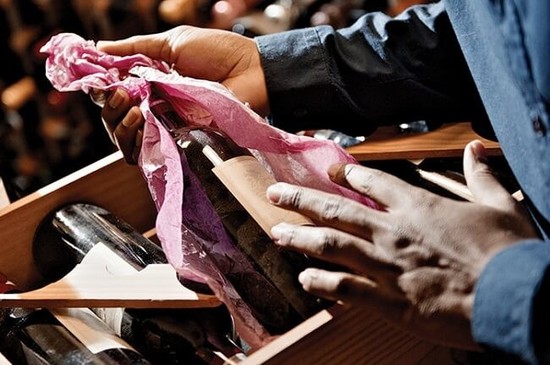
Influence no1: Dissolved gases
Sulphur dioxide is added to wine as a preservative. Its efficacy depends on a number of things but, basically, the less SO2 that a wine contains the more prone it will be to bottle variation. Dissolved oxygen is generally kept to a minimum for the same reason.
Influence no2: Storage and transit
Temperature has a big influence on bottle variation. Humidity also plays a part – although that is more related to cork preservation. Warmer conditions will speed up the reactions that contribute to bottle variation – and not in a good way.
Jamie Hutchinson of the London wine merchant The Sampler says: ‘Mature Italian wines that have been aged in Italy have an unacceptable amount of variation in regards to oxidation. In my opinion this is due to terrible average storage conditions, which are too warm.’
Influence no3: Closures
Closures have a central influence on bottle variation. Jacques Lurton, a winemaker in France and Australia, says: ‘With cork it is impossible to avoid bottle variation … for me, the screwcap is a guarantee that every bottle from the same case will give you the same pleasure.’
Australian winemaker Bruce Tyrrell adds: ‘Screwcaps may not be perfect, but they are the best [closure] that I have ever seen.’
The cork industry is working harder than ever to respond. Dr Miguel Cabral, head of research and development at the cork producer Amorim, cites its ongoing trial of a white Burgundy sealed with six different types of cork, which has shown no bottle variation after 41 months maturation, either by olfactory or chemical analysis.
Influence no4: Time
Time is paramount to bottle variation: it is an inexorable fact that as the dust gathers on those bottles in your cellar, their variation potential gets greater and greater and greater…
Influence no5: Bottle size
The speed of maturation changes with bottle size. For example, according to Jancis Robinson MW’s bible The Oxford Companion To Wine, half-bottles ‘hasten wine ageing, partly because they contain more oxygen per centilitre of wine since the bottle neck and ullage are the same as for a full bottle’.
When it comes to maturing in bottle, it’s a case of the bigger the better, according to wine authority Hugh Johnson.

Translated by Sylvia Wu / 吴嘉溦
All rights reserved by Future plc. No part of this publication may be reproduced, distributed or transmitted in any form or by any means without the prior written permission of Decanter.
Only Official Media Partners (see About us) of DecanterChina.com may republish part of the content from the site without prior permission under strict Terms & Conditions. Contact china@decanter.com to learn about how to become an Official Media Partner of DecanterChina.com.

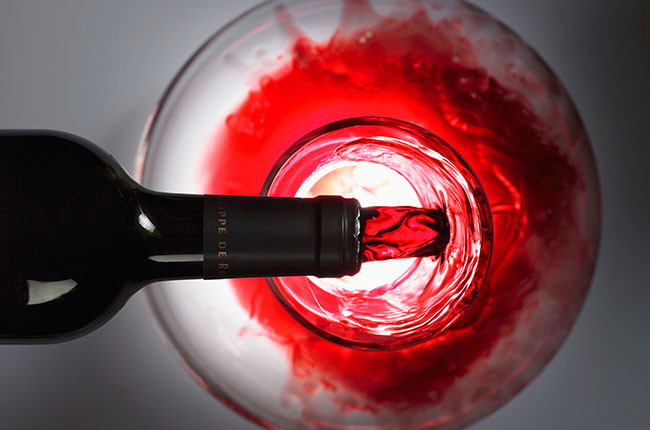
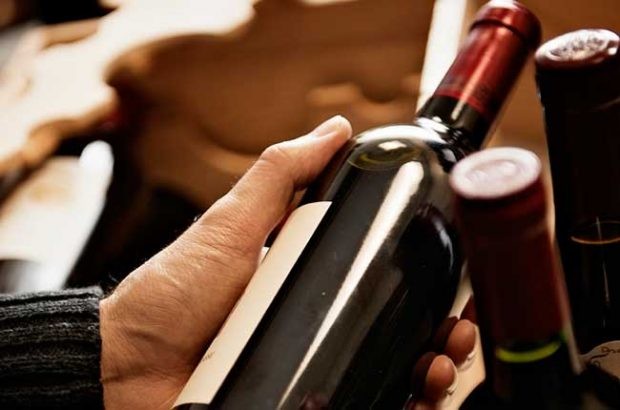
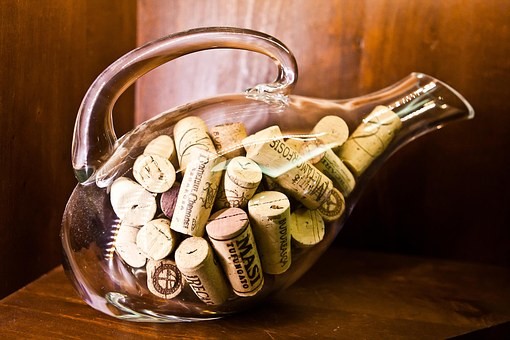
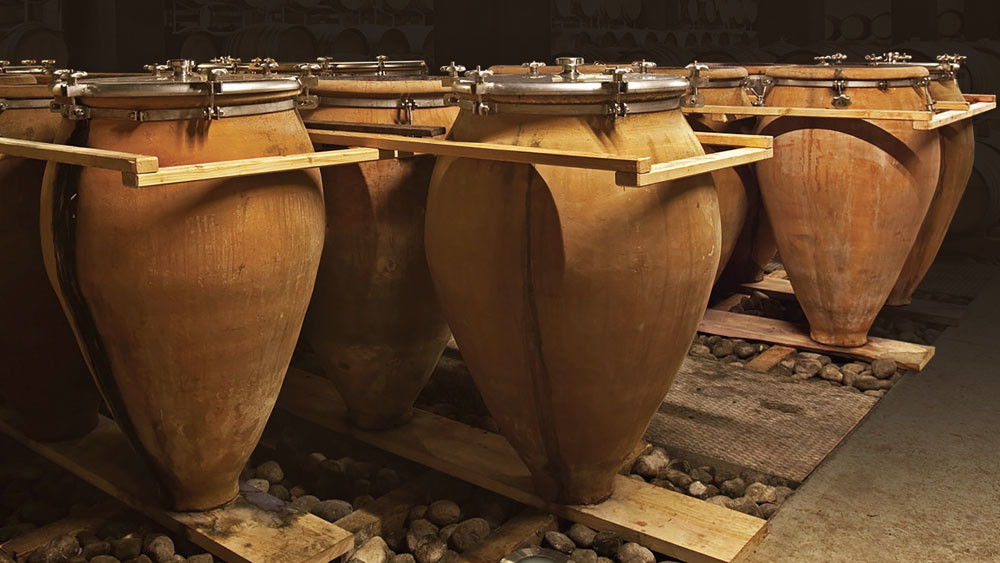
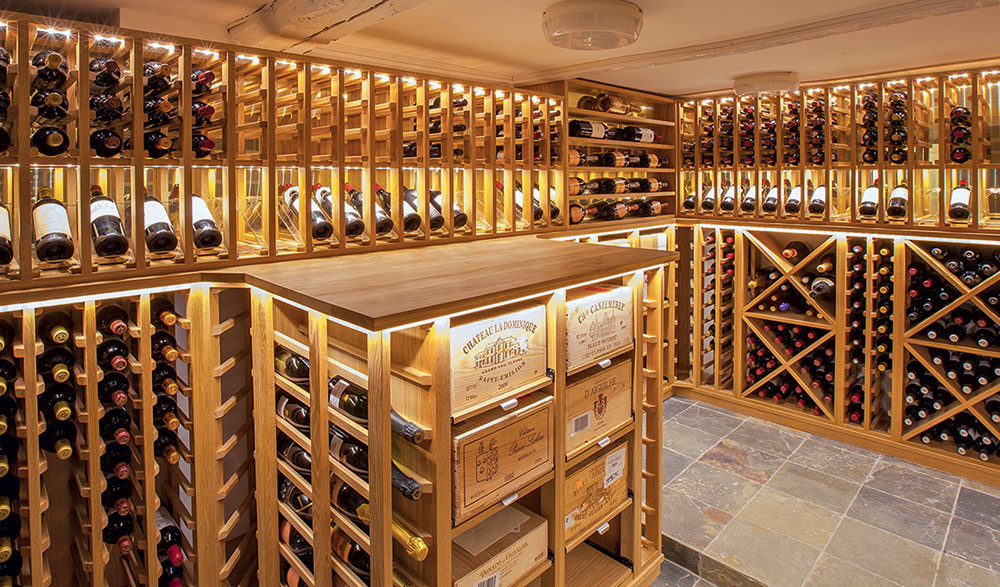
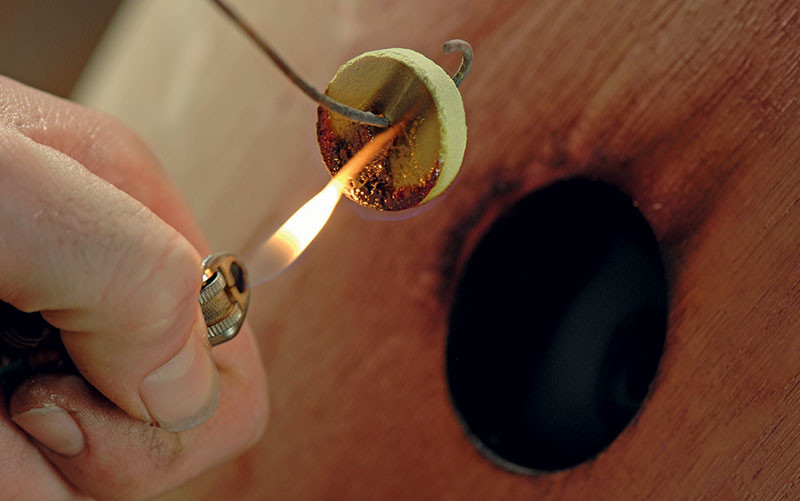
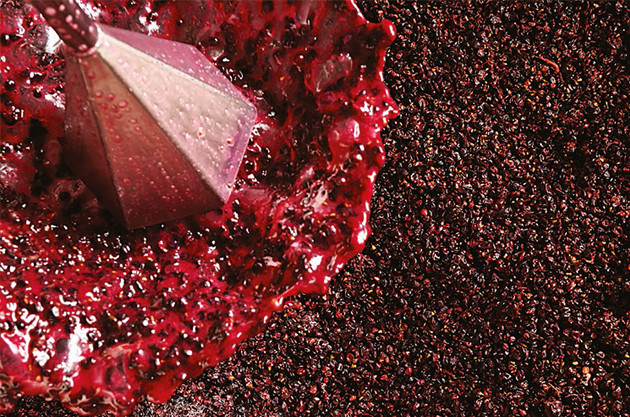
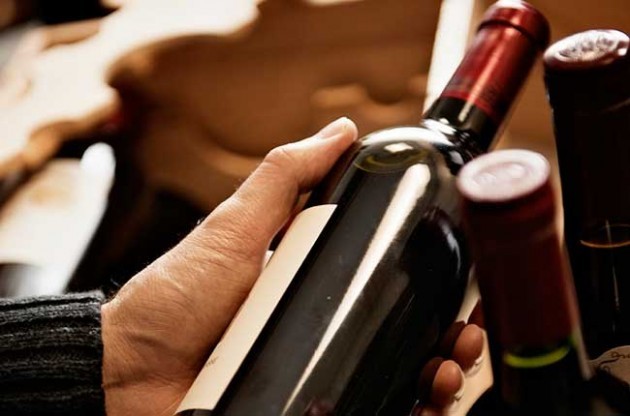
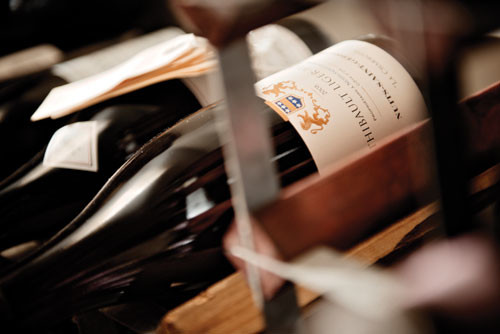
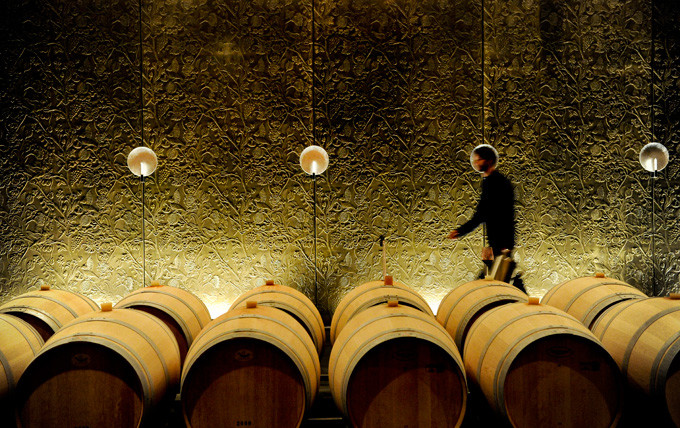
Comments
Submit